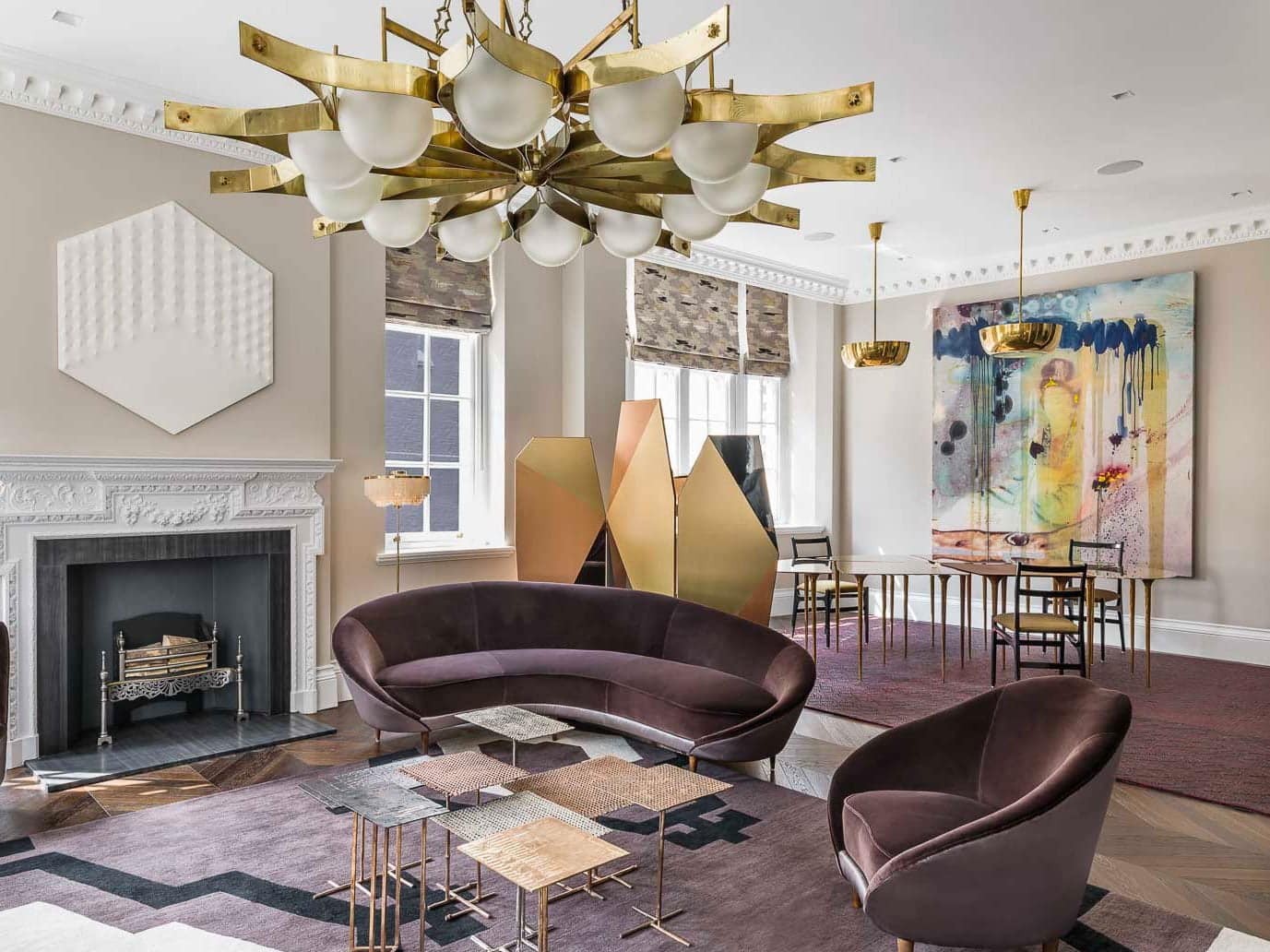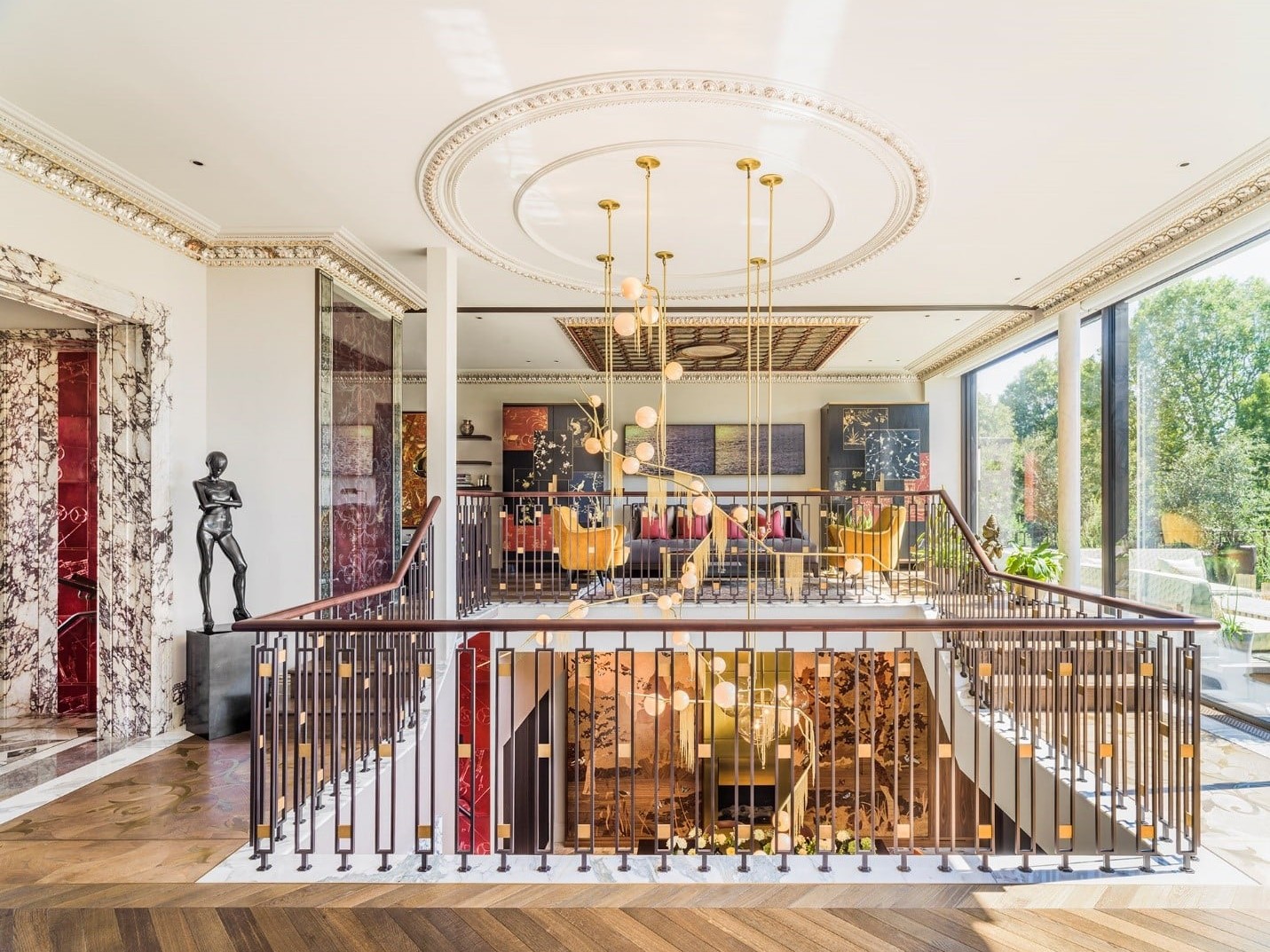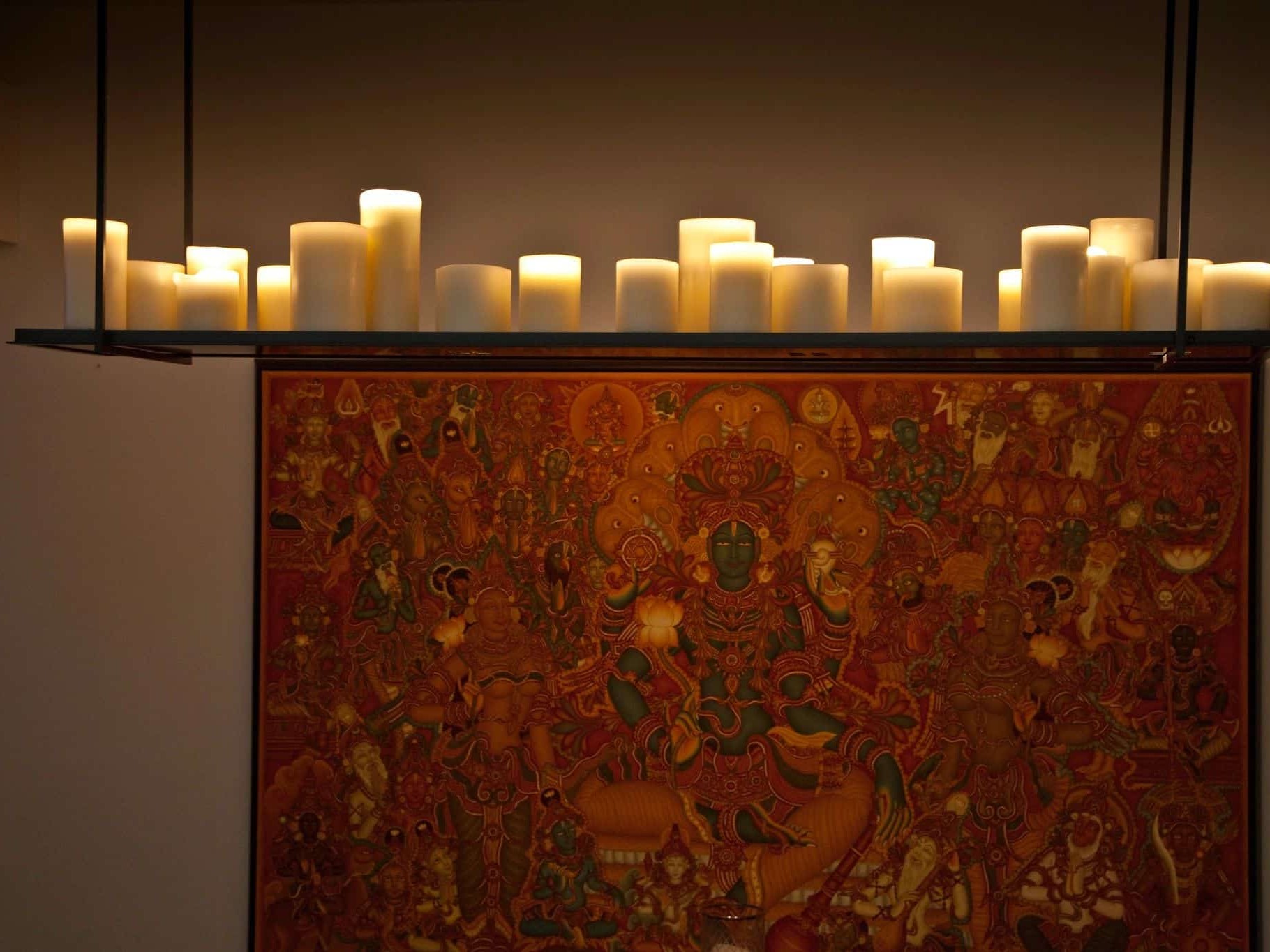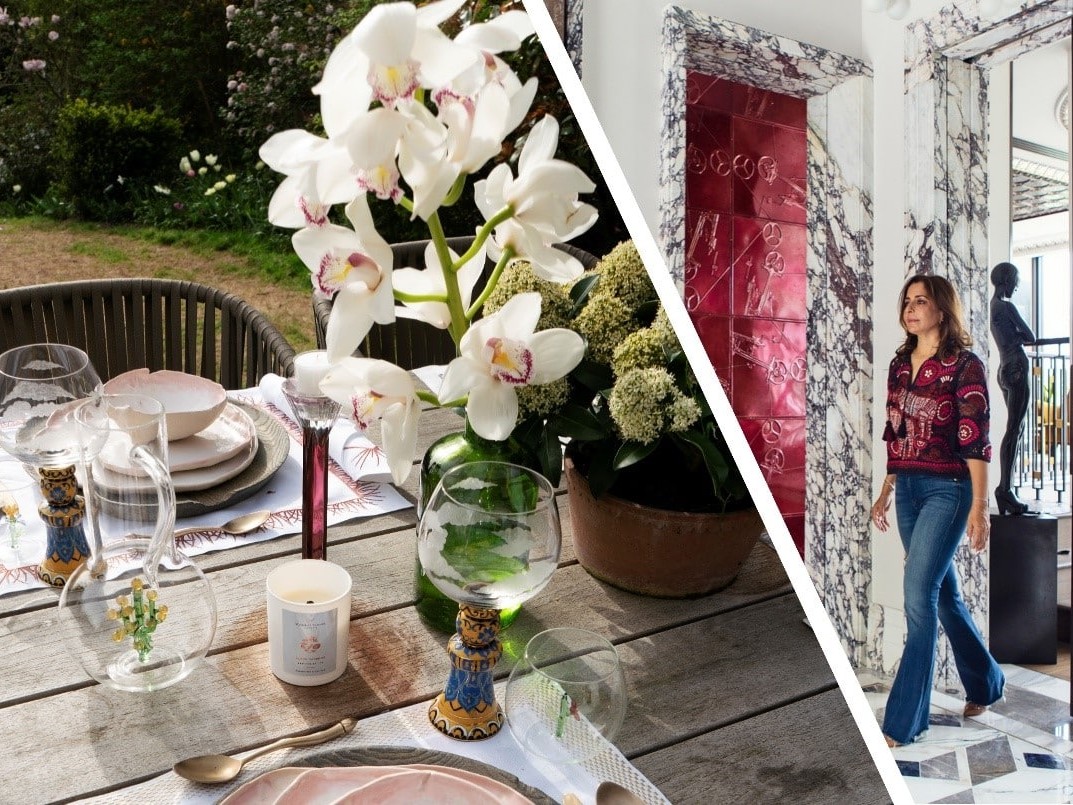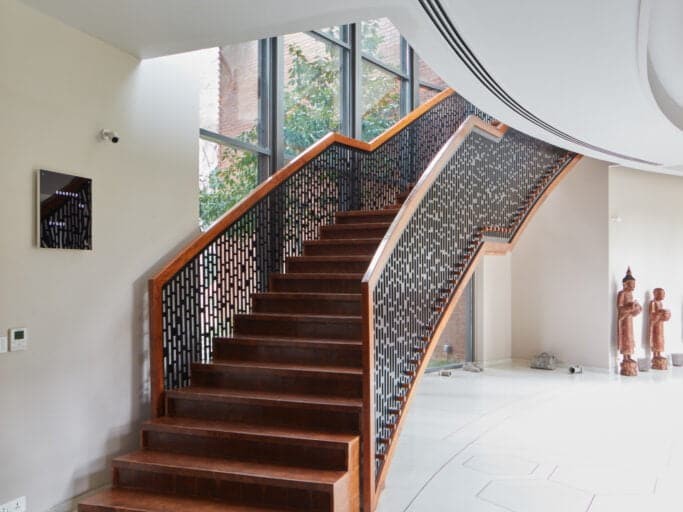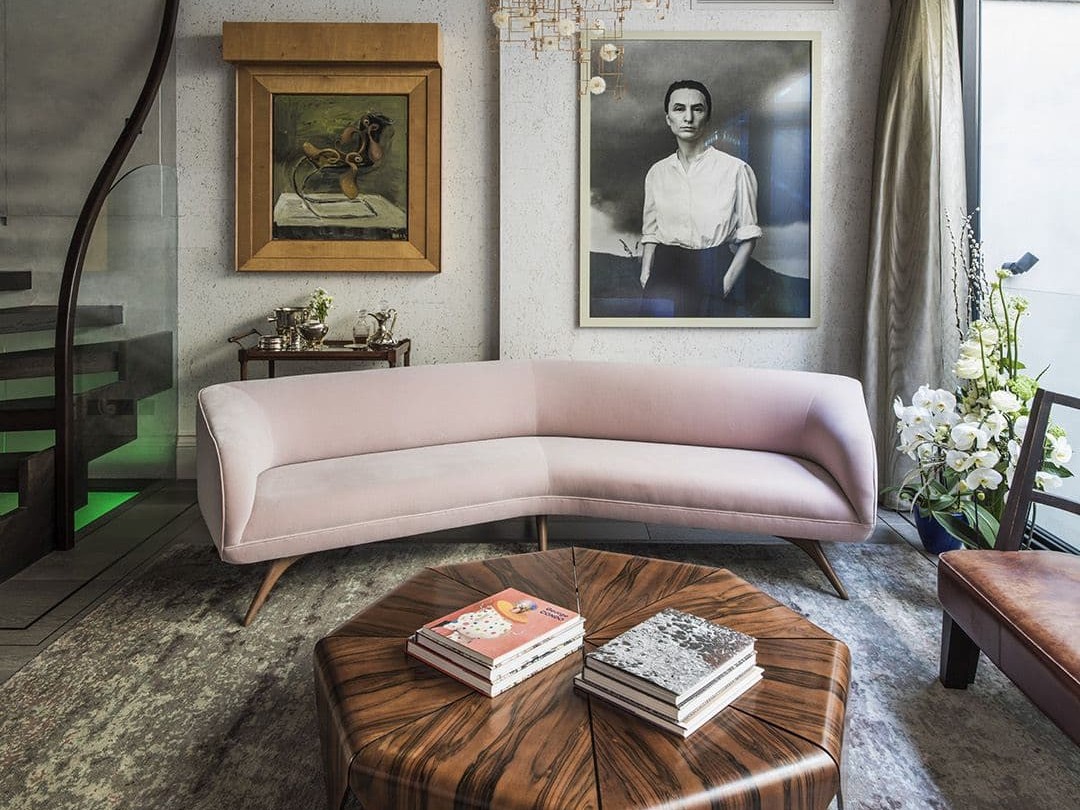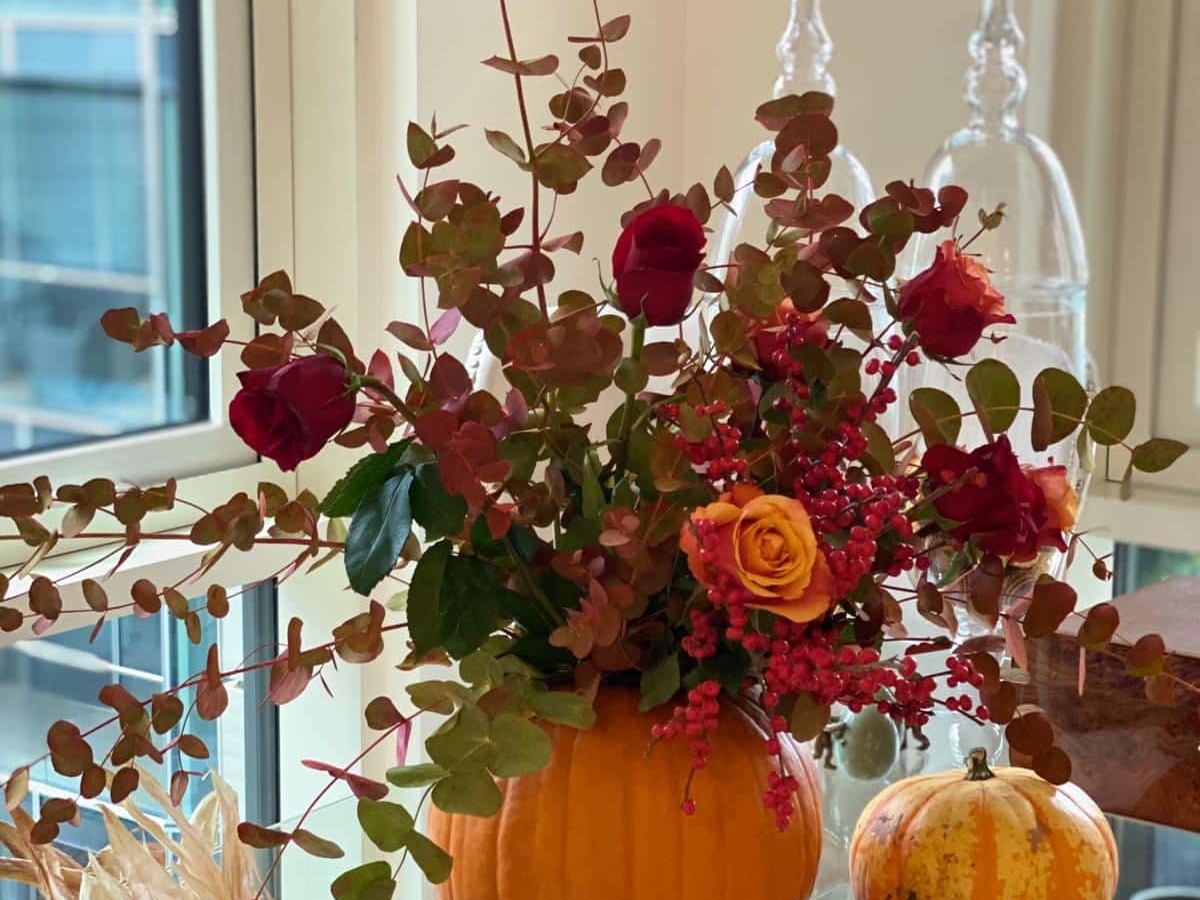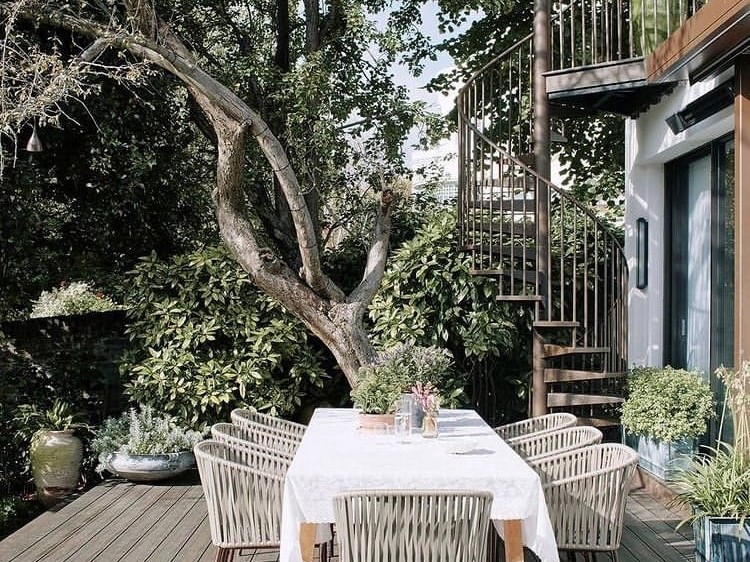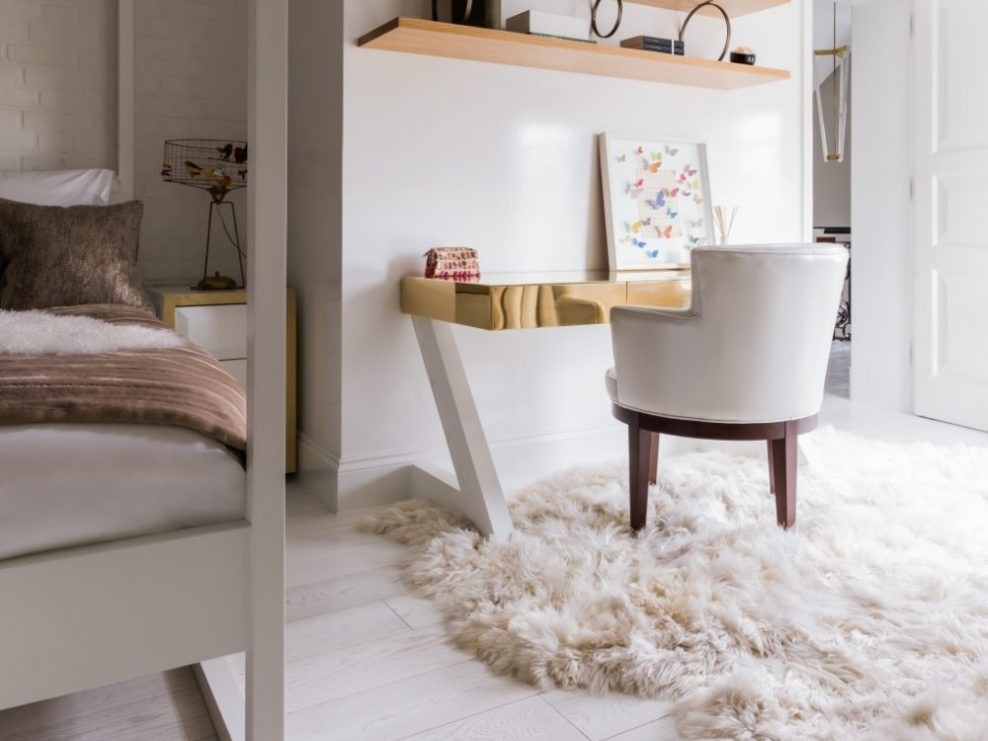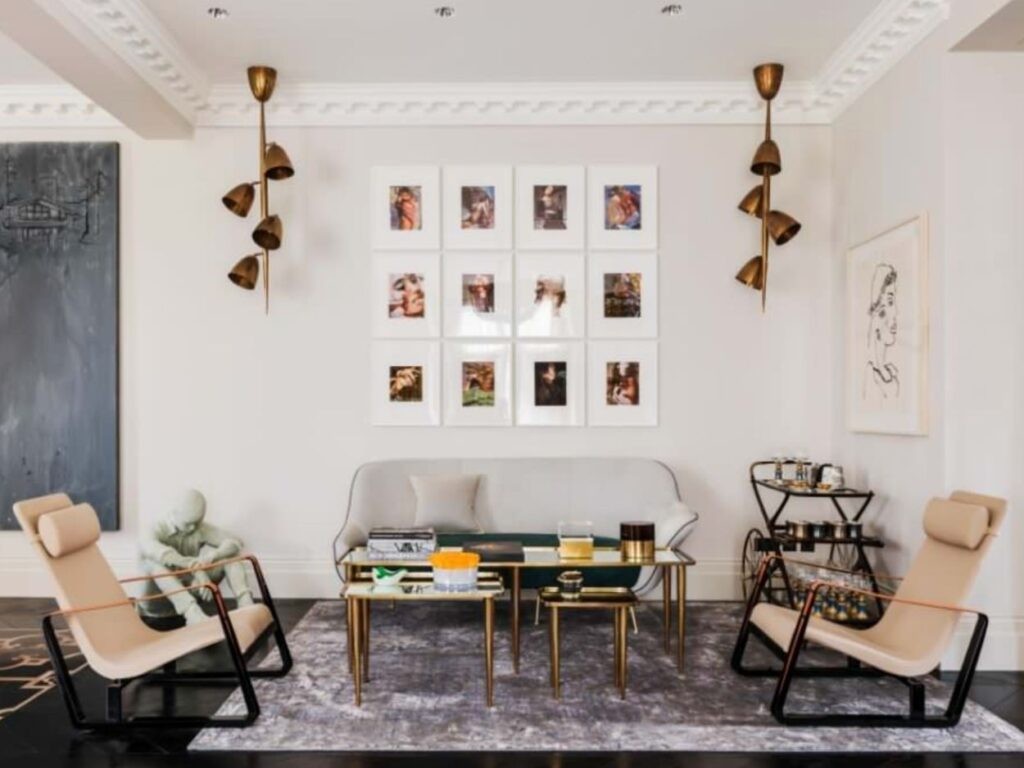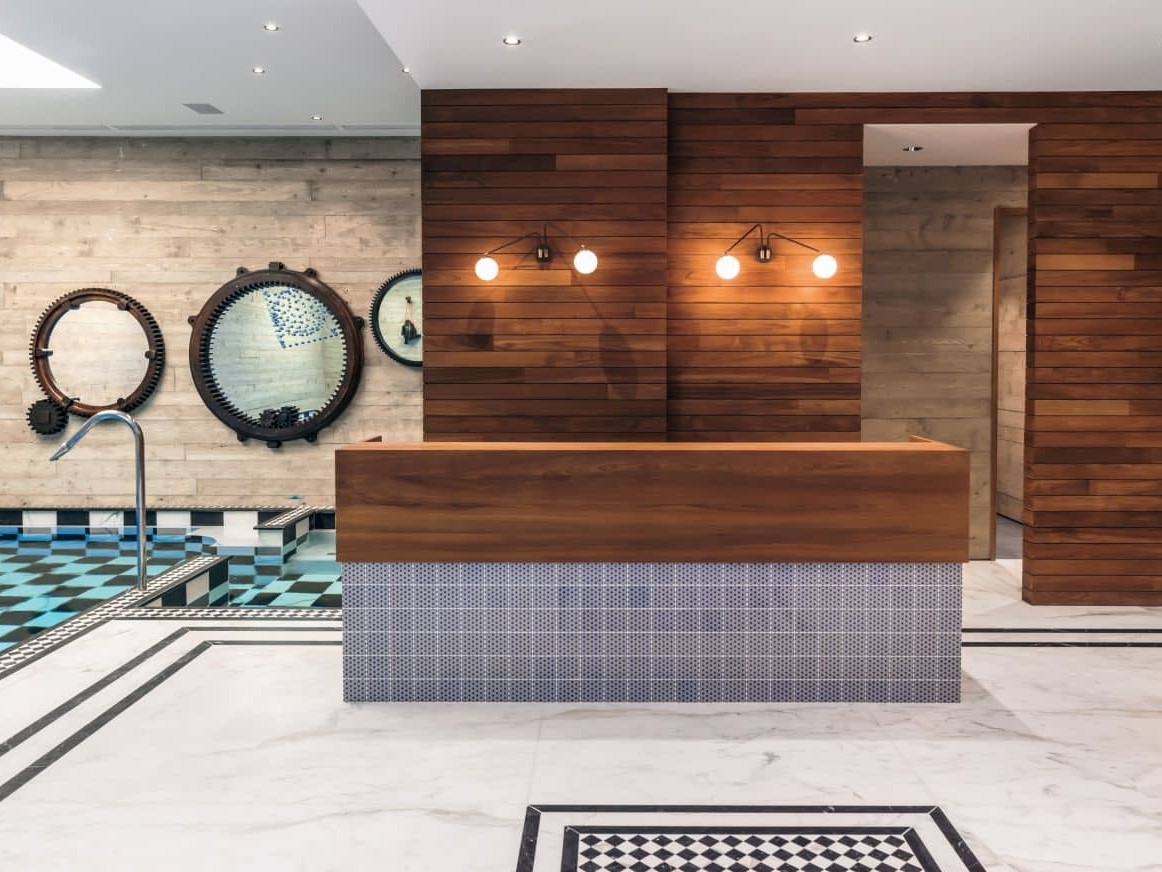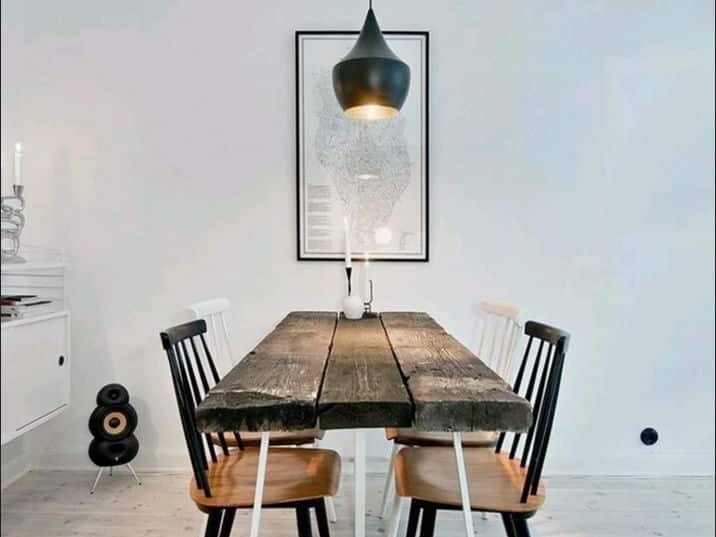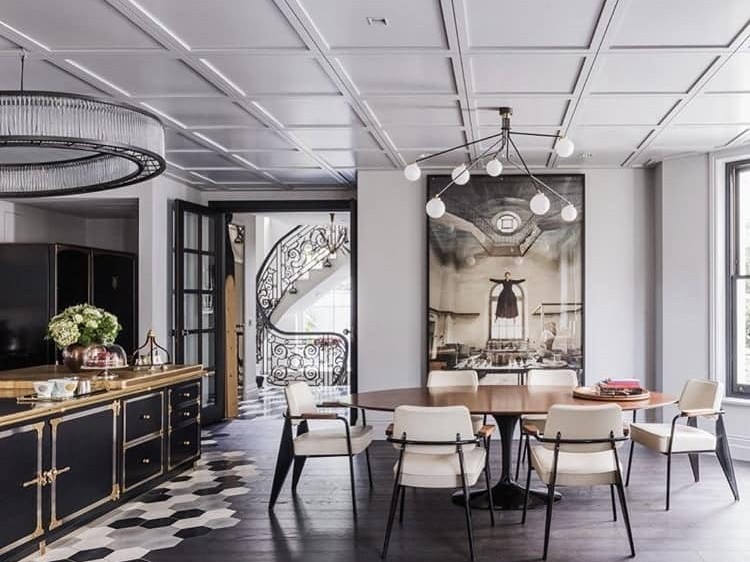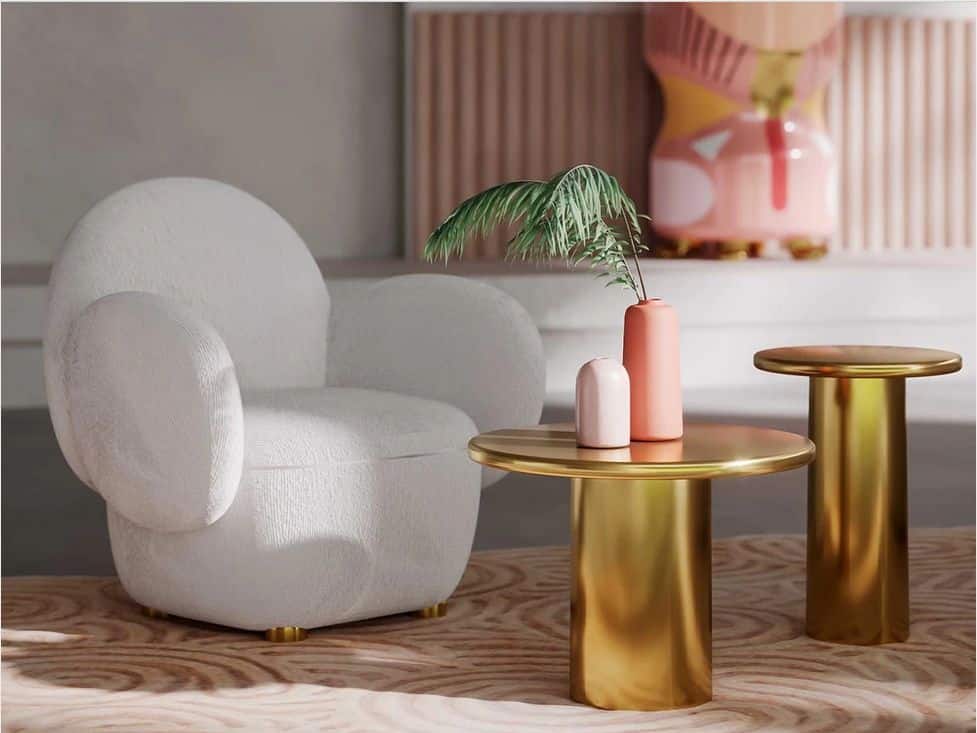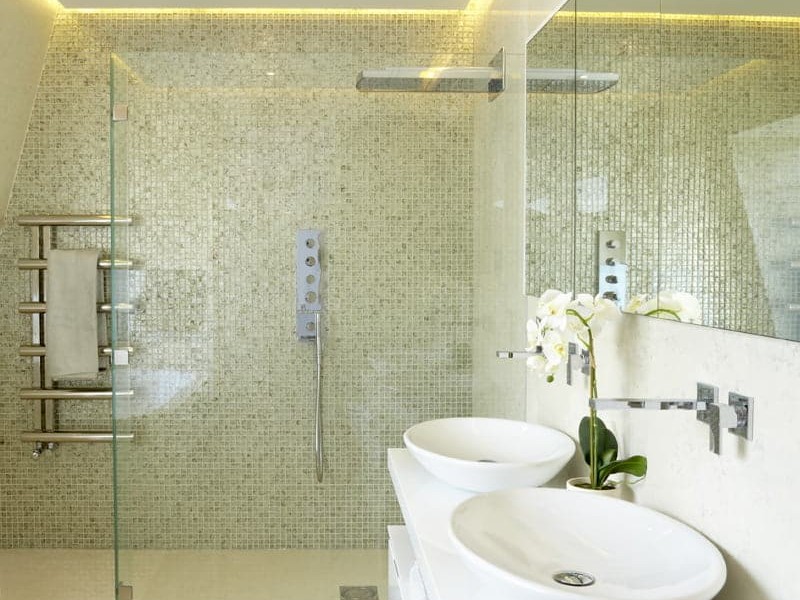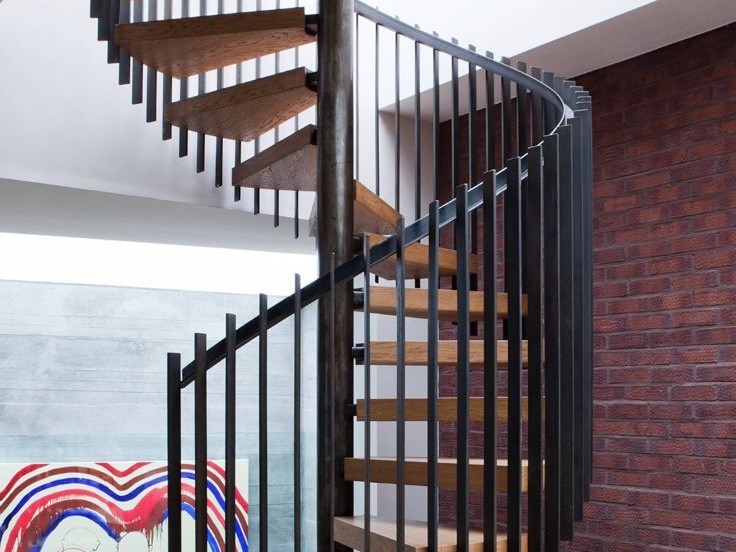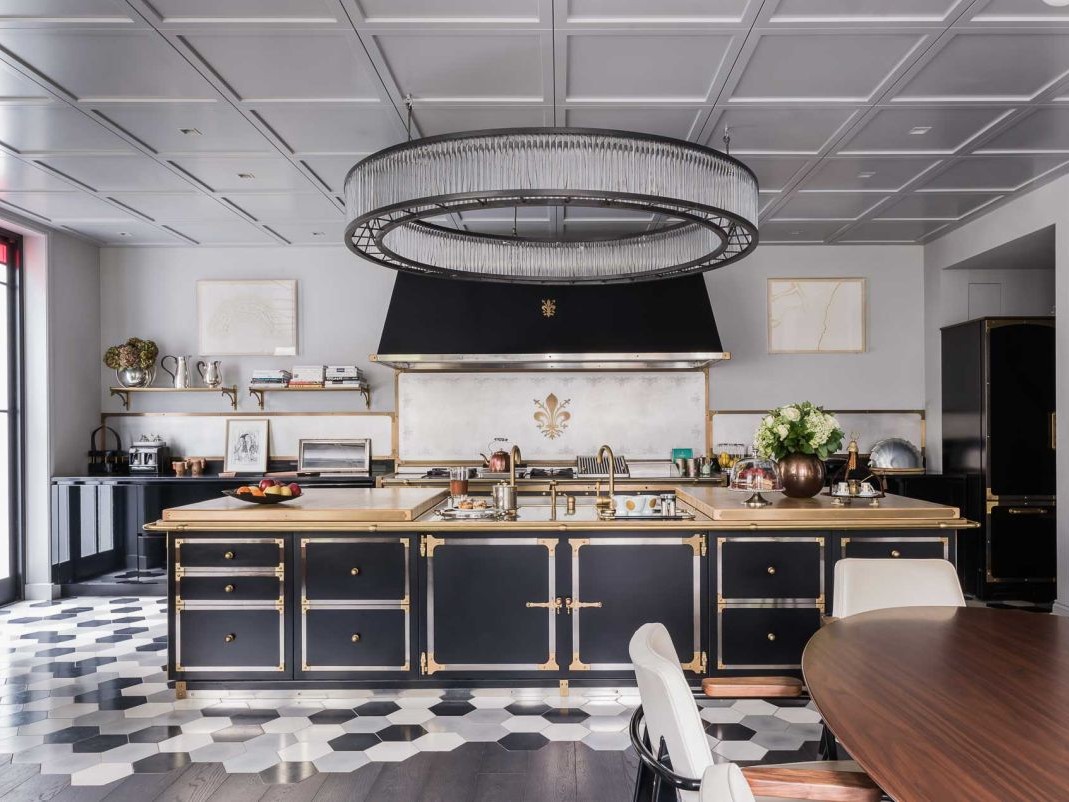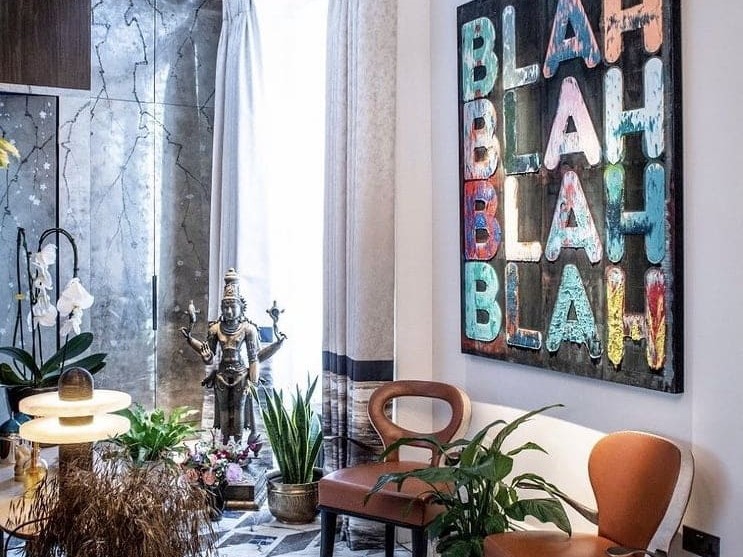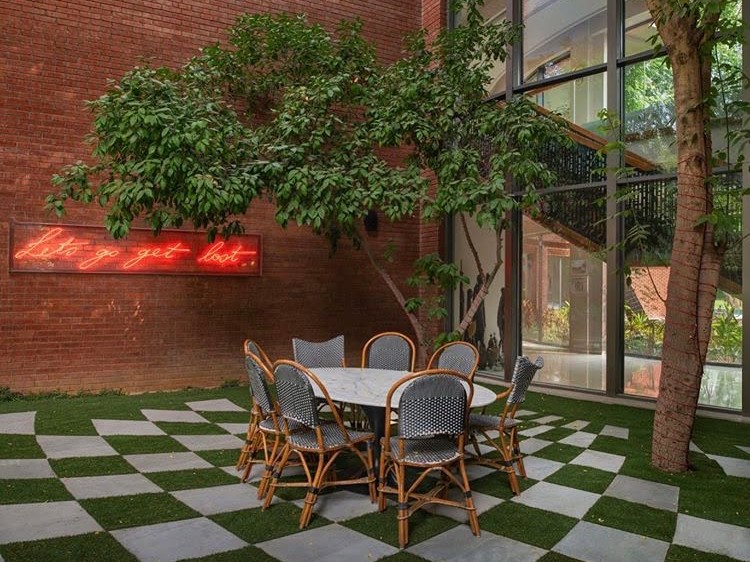
Incorporating nature into your interior design can elevate any space and add a sense of wellness to any environment. While many people choose to add plants and natural materials to their interiors in a bid to embrace nature, a living wall really is the ultimate way to ‘bring the outside in’ and inject nature into your surroundings.
What Is a Living Wall?
Sometimes known as ‘green walls’ or ‘eco walls’, a living wall is a wall that is literally made up of plants. You might be familiar with green-covered walls, such as exterior walls that are coated with ivy or climbing plants, but living walls are something different entirely. These green walls are made up of plants, which grow vertically and obtain nutrients from the structure of the wall itself.
Growth is often facilitated by a hydroponic system, which allows plants to access water and nutrients without the need for soil. This carefully cultivated arrangement can then be grown with precision to ensure the living wall remains easy to maintain and pleasing to the eye.
What Are the Benefits of Living Walls?
Eco walls have a variety of practical and aesthetic benefits, including:
Biophilic Design
This type of interior design relies on the direct and indirect use of nature to connect occupants to the natural world. Biophilic design may include living walls for greenery, skylights to maximise natural light and interior fountains to add the presence of water, for example.
As you can imagine, any type of interior design that values nature will celebrate living walls and everything they offer. If you want to use biophilic design to enhance your surroundings, a living wall is one of the best ways to achieve your goals.
Mood Enhancing
One of the reasons biophilic design is so popular is because of the positive impact it can have on emotional health. Many people maintain that reconnecting with nature boosts your mood and promotes happiness. Of course, modern life doesn’t always permit us to spend as much time outdoors as we might like, so finding ways to incorporate nature into interior design is essential.
With an expanse of greenery incorporated into your interior via living, green walls, you can create a space that mimics the outdoors and allows you to embrace nature and the life affirming impact it has.
Reduce Noise Levels
Plants naturally dampen noise, which means they are an excellent way of minimising noise leakage in interior space. While soundproofing is an artificial way of dampening and restricting noise, a living wall can enable you to achieve the same goal while using natural materials.
Whether you’re looking for ways to retain noise in a residential home or workplace, a living wall can enable you to do this without relying on industrial or artificial features.
Improve Air Quality
The air we breathe has a tremendous impact on our health but, unfortunately, we spend a significant amount of time indoors or surrounded by pollution. Whether you’re fed up of breathing stale air in an office environment or you dream of getting away from the smog in towns and cities, a living wall can give you the air quality you deserve.
Plants remove carbon dioxide and pollutants from the environment, replacing them with healthy, oxygen-rich air. In indoor environments, where building materials can increase the amount of toxins in the air, a living wall can help to mitigate the damage this does and provide you with access to better air quality.
Design Aesthetic
Living walls can feature as much texture and colour as you like, which makes them a fantastic choice for interior design. From solid greens to blooms bursting with primary colours, an eco-wall can be as bright or as subtle as you choose.
However, it isn’t only the range of colour that makes living walls an outstanding design choice. The numerous textures that are present in living walls add visual interest to the space and elevate your interior design.
Energy Saving
Many people are surprised to learn that living walls can actually reduce energy consumption and make buildings more sustainable. The surfaces of plants don’t store up energy from the sun in the same way that other materials do, such as concreate or brick. Furthermore, the process of evapotranspiration uses transpiration from the plants’ surfaces and returns the moisture to the atmosphere, effectively cooling the environment, but in colder temperatures, a living wall has an insulating effect and helps to retain heat within the building.
As a result, you can reduce the energy consumption of a building (and associated energy costs) simply by integrating living walls into its design.
Where to Use Living Walls
Living walls can be a fantastic addition to both home and work environments. From boosting staff morale in an office environment to creating an indoor courtyard within your home, there are endless possibilities when it comes to using green walls to elevate a space.
Like any design concept, you will want to think carefully about which parts of the building can benefit most from a living wall and what size an eco-wall should be.
In larger spaces, like open plan living areas or reception areas, a vast expanse of greenery can be an eye-catching feature, while smaller rooms, such as entertainment zones or wellness spaces, may benefit from a more compact eco-wall.
With the flexibility to accommodate virtually any space, a living wall can be added to almost any room or environment, which makes it a great way to enhance your interior design.
How Important Are Walls in Interior Design?
Many people assume that paint or wallpaper are the only options when it comes to decorating walls, but this isn’t the case. As a core feature of any interior room, the walls have a considerable impact on the overall design, so don’t restrict your choices. From living walls to textured concrete, gypsum plaster, glass mosaic and mirror finishes, there are endless ways to style and design walls that will elevate your interior.
Related articles
Interior Design Trends For Spring 2023
Expect plush velvets, dusty pastels and a focus on minimalism in our roundup.
Home Interior Design And How To Visualise A Space
From mood to layout, we share the essential aspects to consider when designing a home.
The Art of Curating A Personal Collection At Home
Five ways your art can transform your home with soul, ambience and character.
Creating the Perfect Home Gym: 7 Design Tips for a Personal Fitness Haven
We reveal seven design tips for the ultimate, motivating workout space.
Open Concept Kitchen: Creating a Seamless Flow between Cooking and Living Spaces
Maximising your social and cooking space in an open-concept kitchen


